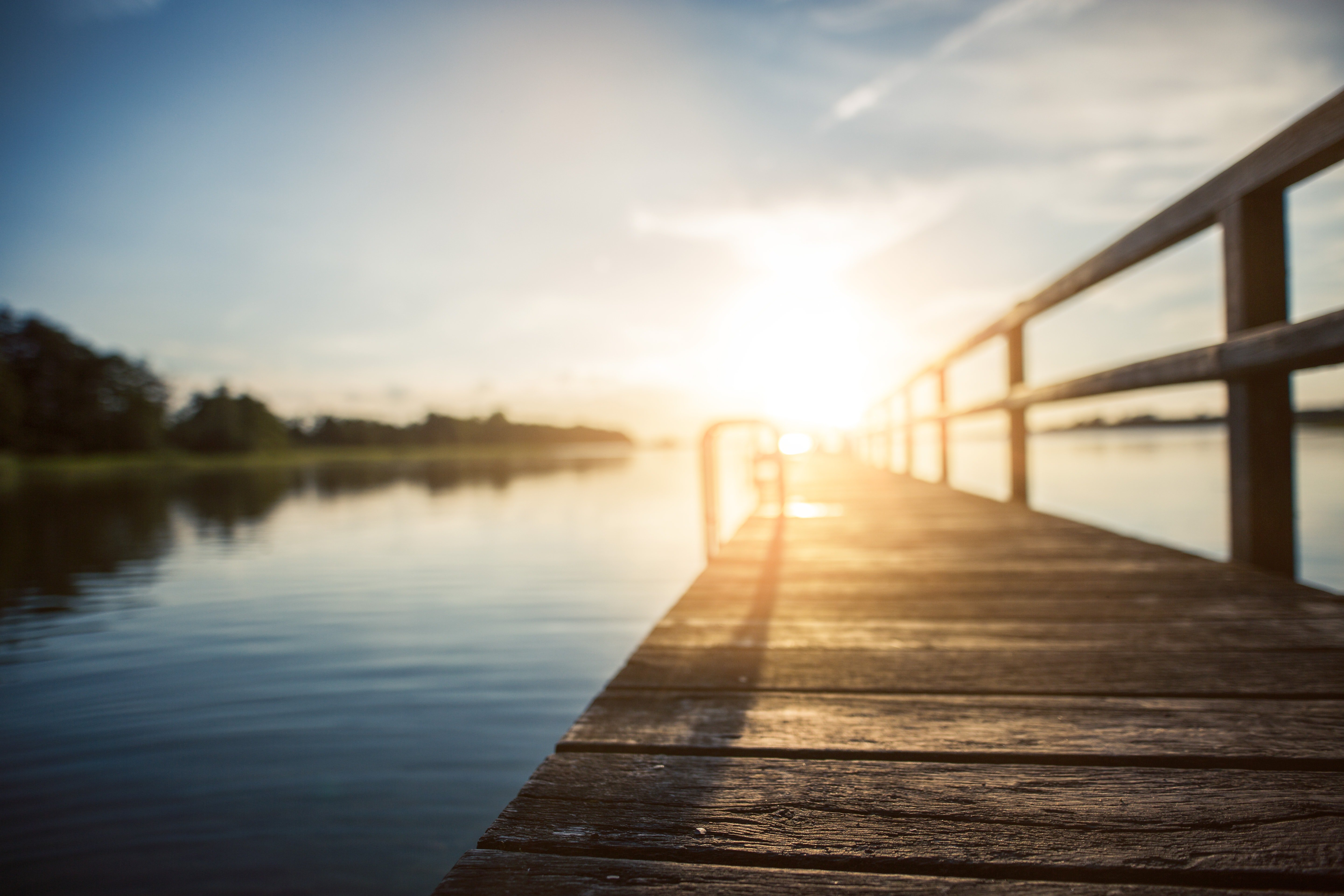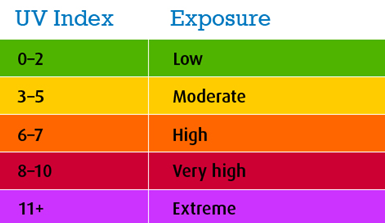Written By: Salvatore Shaw and Leah Burlock, Summer Student
Why is Sun Protection Important?
Summer is finally here, and that means that extreme heat events, often referred to as “heat waves,” will be more common. High temperatures may put your health at risk, causing illness such as heat stroke, or in severe cases, even death. It is important to be cognizant of the dangers surrounding heat waves and understand how to adequately protect yourself and your family.
Although Vitamin D is important to help the body absorb calcium for stronger and healthier bones, the human body only requires a small amount of sun exposure to be able to produce the adequate amount of Vitamin D. Too much unprotected exposure to the sun’s ultraviolet (UV) rays can lead to skin damage, eye damage, immune system suppression, and skin cancer. Overexposure to extreme heat can lead to long-term health problems, especially if you are taking on more than you should based on age and/or physical condition. Heat illnesses can include head edema (swelling of hands, feet, and ankles), heat rash, heat cramps, heat fainting, heat exhaustion, and heat stroke. While extreme heat can put everyone at risk from heat illnesses, health risks are greatest for older adults, infants and young children, people with chronic illnesses, the homeless, and low-income earners
How Do Sunburns Happen? What are UV Rays?
When the sun radiates light, part of that light consists of invisible UV rays. When these rays reach your skin, they can cause burning, or other skin damage. The UV index is a great tool, and checking it daily may be instrumental in ensuring your protection from the sun. The index tells you the strength of the UV rays that day. The higher the number, the stronger the sun’s rays and the more important it is to protect yourself.
There are three types of ultraviolet rays. Ultraviolet A rays (UVA) can cause skin aging and wrinkling, which contribute to skin cancer, such as melanoma. UVA rays pass easily through the ozone layer, so they make up the majority of our sun exposure. Ultraviolet B rays (UVB) on the other hand, are nearly 1,000 times stronger than UVA rays, and can also cause sunburns, cataracts, and affect the immune system. They can also contribute to skin cancer, and melanoma has been thought to be associated with severe UVB sunburns before the age of 20. Finally, ultraviolet C rays (short-wave radiation) never reach the earth’s surface because the atmosphere filters them out. The chemical melanin, which is found in the skin, reacts with UV rays. A sunburn is the result of the UV exposure being greater than what can be protected against by the skin’s melanin. The risk of damage to the skin increases with the amount and intensity of the exposure. A tan itself is a sign of skin damage and does not help protect the skin.
It is also important to be aware that you need protection against UV rays in the winter as well. Reflections off snow, water, sand and concrete can increase the effect of UV rays. It is important to ensure that you are protected on cloudy days, when you’re swimming, and also when you’re skiing. Further, some medications may increase your health risk and/or make your skin more sensitive to UV rays.
Everyone is at risk for UV damage, but some individuals are more easily affected than others. There are many factors which may increase your risk such as a fair complexion, a history of severe sunburn, especially from childhood or early adulthood, a family history of skin cancer, and more.
Ways to Protect Yourself
Heat illnesses are preventable. During heat waves, the most important thing to do is keep cool and hydrated. The following steps are also great ways to protect yourself and your family.
Use Sunscreen
- Use a sunscreen with sun protection factor (SPF) 15 or higher and follow the manufacturer’s directions.
- Don’t use sunscreen on a child less than 6 months old.
- Apply sunscreen at least 20 minutes before you go out, even if the sun doesn’t seem particularly strong, or it is cloudy
Avoid the Strongest Rays of the Day
- The sun is strongest from 11am to 4pm, so it is advised to use that time for indoor activities if possible. A great tip to follow is “when your shadow is shorter than you, the sun is very strong.”
- Alternatively, tree-shaded areas can be as much as 5 degrees Celsius cooler than the surrounding areas.
Cover Up
- Cover up whenever possible– Wearing a hat is a great way to keep the sun’s rays off of your scalp and face, prime areas for skin cancer. A good hat will also help protect your eyes from the sun’s harmful rays.
- It’s also a great idea to wear light-coloured long-sleeved shirts and pants made of breathable fabric.
- When purchasing sunglasses, it is important to ensure that they protect against both UVA and UVB rays.
How to Treat a Sunburn
If, despite taking all precautions, you or someone you know gets a sunburn, you should treat it as you would any other kind of burn. You will most likely feel pain and a sensation of heat—symptoms that tend to get worse several hours after sun exposure. Some individuals also get chills. To treat a sunburn, it is recommended to apply a cool, wet compress for 24 to 48 hours, or take a cool bath to help ease the pain and heat. You may apply aloe vera gel to any sunburned areas or moisturizing cream to help rehydrate the skin, but it is recommended to avoid petroleum-based products within the first two days because they prevent excess heat and sweat from escaping. It is also recommended to drink a lot of water and stay out of the sun. Over-the-counter anti-inflammatory medicine such as acetaminophen or ibuprofen may be taken to help ease the pain and itching. Finally, very severe burns, the kind that produce blisters, are often treated in clinics with dressings. If you’re not sure if your burn is severe, have it checked out by your family doctor. Do not break burn blisters yourself, as this can lead to a skin infection if not properly treated.
For more information please visit the Government of Canada’s website at: https://www.canada.ca/en/health-canada/services/sun-safety.html







